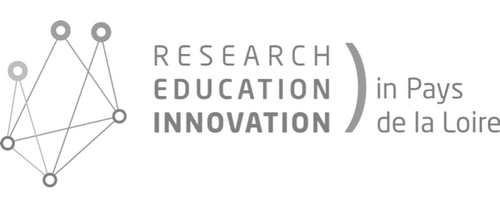BACKGROUND
Portal vein embolization (PVE) is used routinely to prevent postoperative liver failure as a result of anticipated insufficient future liver remnant volume following resection. The authors have recently developed a technique for temporary PVE. The aim of this study was to assess the effect of repeated reversible PVE on hepatocyte proliferation and subsequent liver hypertrophy in rodents.
METHODS
Four treatments were compared (n = 21 rats per group): single reversible PVE, two PVEs separated by 14 days, partial portal vein ligation or sham procedure. The feasibility and tolerance of the procedure were assessed. Volumetric imaging by CT was used to estimate the evolution of liver volumes. After death, the weight of liver lobes was measured and hepatocyte proliferation evaluated by immunostaining.
RESULTS
Embolization of portal branches corresponding to 70 per cent of total portal flow was performed successfully in all animals. Repeated PVE induced additional hepatocyte proliferation. Repeated embolization resulted in superior hepatocyte proliferation in the non-occluded segments compared with portal vein ligation (31·1 versus 22·2 per cent; P = 0·003). The non-occluded to total liver volume ratio was higher in the repeated PVE group than in the single PVE and sham groups (P = 0·050 and P = 0·001 respectively).
CONCLUSION
Repeated reversible PVE successfully induced additional hepatocyte proliferation and subsequent liver hypertrophy. Surgical relevance Portal vein embolization (PVE) is used routinely to prevent postoperative liver failure as a result of anticipated insufficient future liver remnant volume following resection. In the present study, a technique of repeated temporary PVE was developed in a rat model; this induced additional hepatocyte proliferation and an increase in liver volume compared with single embolization. This novel approach might help induce major hypertrophy of the future remnant liver, which could increase the rate of patients amenable to major liver resections.

